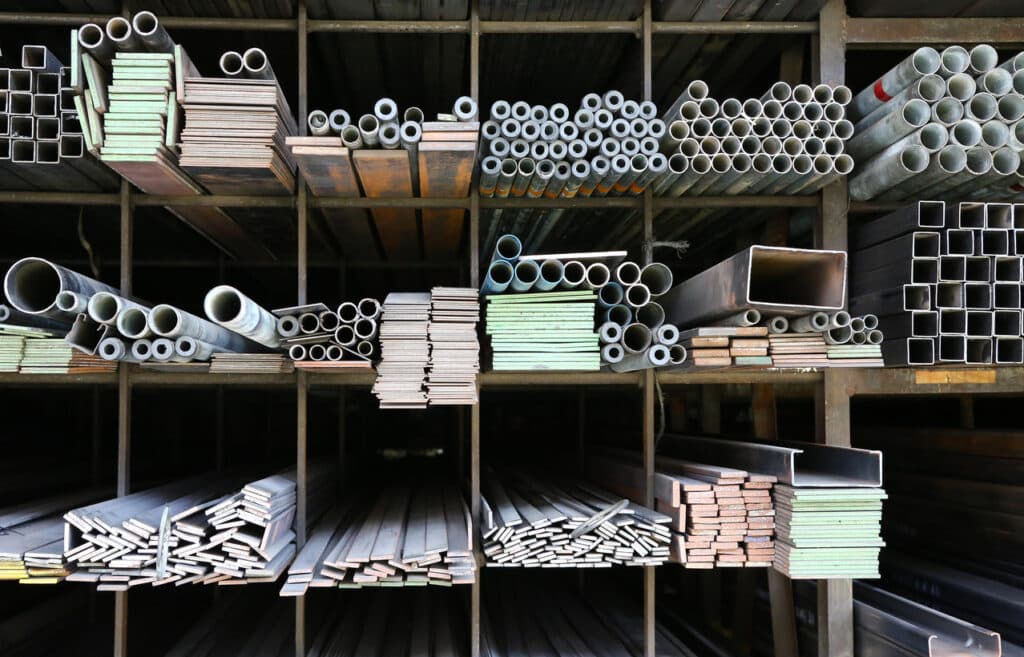
- Massive Range
- FREE UK Delivery
- Rapid Dispatch
- Massive Range
- FREE UK Delivery
- Rapid Dispatch
- Massive Range
- FREE UK Delivery
- Rapid Dispatch
Home » Butterfly vs Dome Nuts: Which Offers More Security?
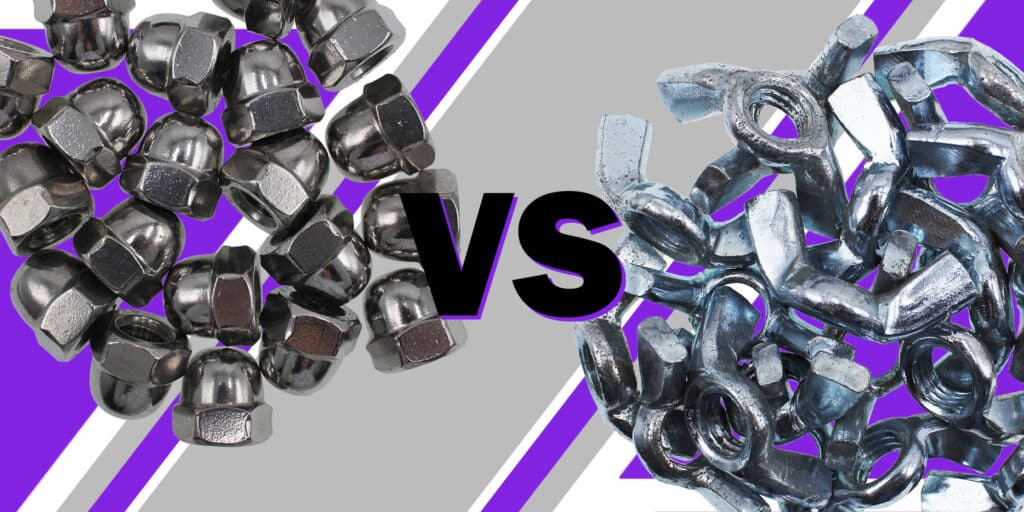
Choosing the right type of nut for securing bolts in various applications can profoundly influence the assembly’s security and reliability. We compare the characteristics and benefits of butterfly nuts (also called wing nuts) and dome nuts (commonly called acorn nuts) to determine which provides superior security.
Butterfly nuts, recognised by their distinctive wing-like projections on either side, are designed for hand tightening, offering significant ease of use where tools are not feasible.
Butterfly nuts are celebrated for their tool-free operation. The wings on either side of the nut allow for quick adjustments by hand, making them extremely practical in scenarios where quick disassembly or adjustments are required. This feature positions them as an optimal choice for environments that necessitate frequent manual handling.
These nuts are available in a variety of materials, including stainless steel, brass, and plastic. This diversity makes it easy to select a nut based on specific environmental conditions and mechanical requirements. Their availability in different sizes and thread patterns also adds to their adaptability, accommodating a wide range of bolt sizes.
Butterfly nuts excel in applications where temporary assemblies are common. They are a popular choice for stage sets, exhibition displays, and other structures that require regular setup and breakdown. Additionally, they are often found in consumer products such as furniture kits, where users perform their own assembly, benefiting from the simplicity and convenience of hand tightening.
While butterfly nuts are advantageous for their convenience and ease of use, their very accessibility can be a drawback in situations where security is a concern. Their ease of removal can make them less ideal for applications where tampering resistance is essential.
Dome nuts are easily identifiable by their smooth dome-shaped ends that cover the ends of bolts, enhancing both their functional and aesthetic qualities.
One of the primary advantages of dome nuts is the protection they offer. The dome-shaped end covers the bolt, protecting the threads from environmental exposure and damage while also deterring tampering. This protective design is beneficial in both preserving the integrity of the bolt and enhancing safety.
Dome nuts are often selected for their aesthetic appeal as well. The smooth and finished appearance of the dome makes these nuts suitable for visible areas of an assembly where a clean, polished look is desired. They are manufactured from robust materials such as high-grade metals, which provide excellent durability and resistance to corrosion.
The design of dome nuts makes them ideal for use in exposed areas where the appearance of fasteners is important. They are frequently used in architectural and consumer applications where the nuts are visible and contribute to the overall design aesthetic.
Moreover, the safety features of dome nuts make them appropriate for installations in public or high-traffic areas. The covered end of the nut prevents injuries that could be caused by exposed bolt threads, adding an element of safety. Additionally, their resistance to tampering makes dome nuts suitable for secure installations where unauthorised access is a concern.
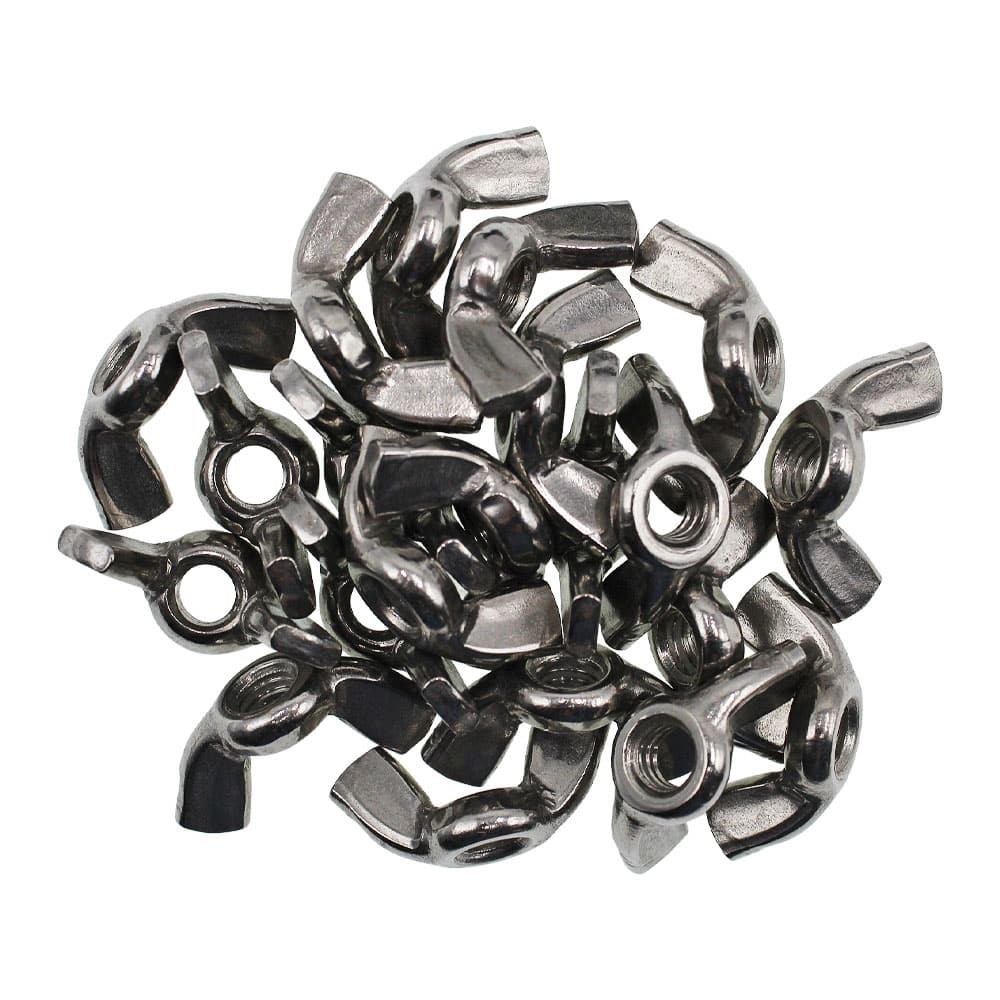
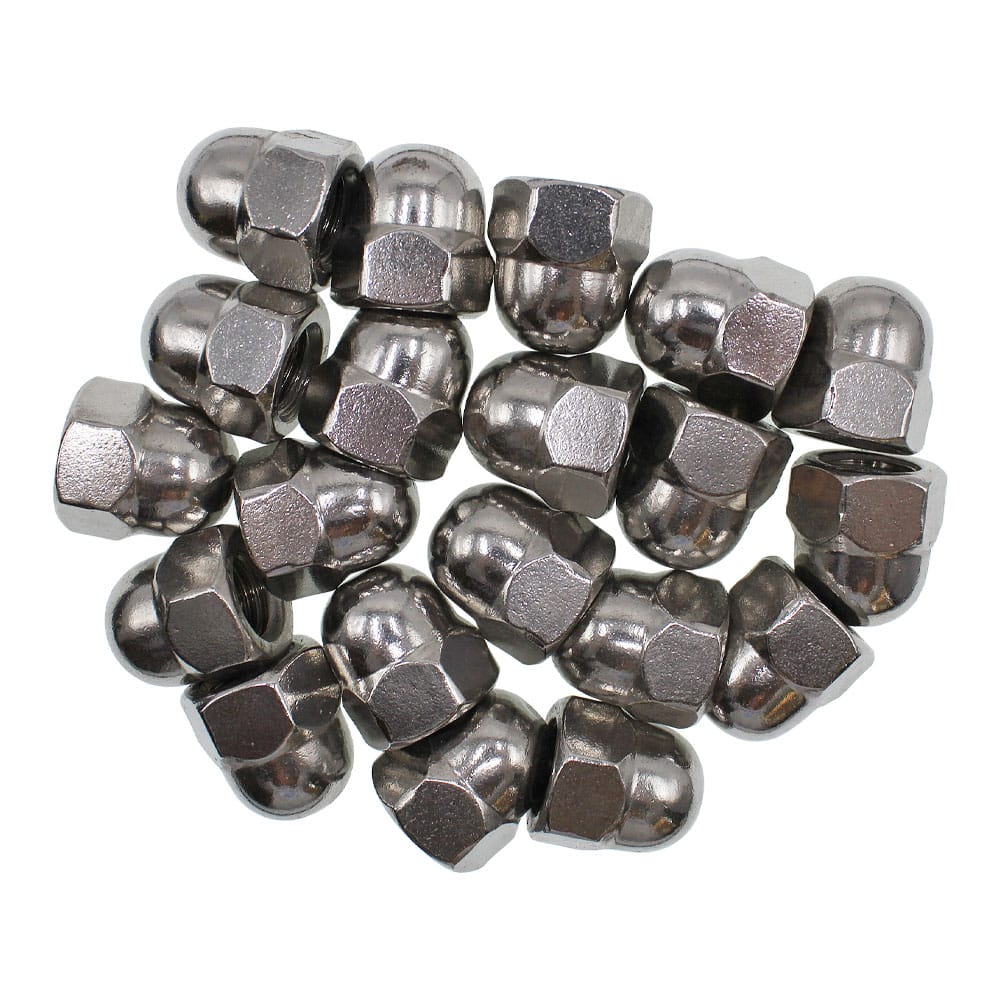
Here’s a table outlining the pros and cons of butterfly vs dome nuts, which can help in understanding their advantages and disadvantages in different applications:
| Feature | Butterfly Nuts | Dome Nuts |
|---|---|---|
| Pros | ||
| Ease of Use | Can be tightened by hand without tools; ideal for quick adjustments. | Requires tools for tightening, ensuring a more secure fit. |
| Accessibility | Wings allow for easy handling and adjustment. | Dome shape offers less grip, emphasizing tool use for adjustments. |
| Material Variety | Available in a wide range of materials including plastic, which can be beneficial for non-corrosive environments. | Typically made from durable metals, offering better strength and corrosion resistance. |
| Aesthetic | Functional design not focused on appearance. | Sleek, covered end provides a cleaner, more polished appearance. |
| Cons | ||
| Security | Easy to remove, which may be a security risk in some applications. | Harder to remove without tools, providing better security against tampering. |
| Durability | Not suitable for high torque applications; less durable under physical stress. | Capable of withstanding higher torque and harsh conditions. |
| Protective Design | No protection for the bolt threads; exposed to potential damage. | Encloses the bolt end, protecting threads from damage and reducing risk of injury. |
| Application Scope | Best for temporary setups or non-critical applications where frequent adjustments are needed. | More suitable for permanent, secure installations where appearance and safety are considered. |
In summary, while butterfly nuts offer unmatched convenience for easy assembly and disassembly, dome nuts provide greater security, making them the preferred choice in environments where safety, durability, and resistance to tampering are priorities. A choice between butterfly nuts or dome nuts should be based on the specific application requirements, emphasizing the importance of selecting the right nut for both functionality and security. If you understand the strengths and limitations of each nut type, you will be able to make informed decisions whenever you are working on a project.
As always, thank you for checking out our blog. We hope that this helps you with your project.
Please also check out the other articles in our helpful guide series. We have written about butterfly nuts and dome nuts recently to name but two of our articles.
We are also proud to sell this product on our highly popular eBay store, check us out there too.
If you have any further questions, feel free to contact us.

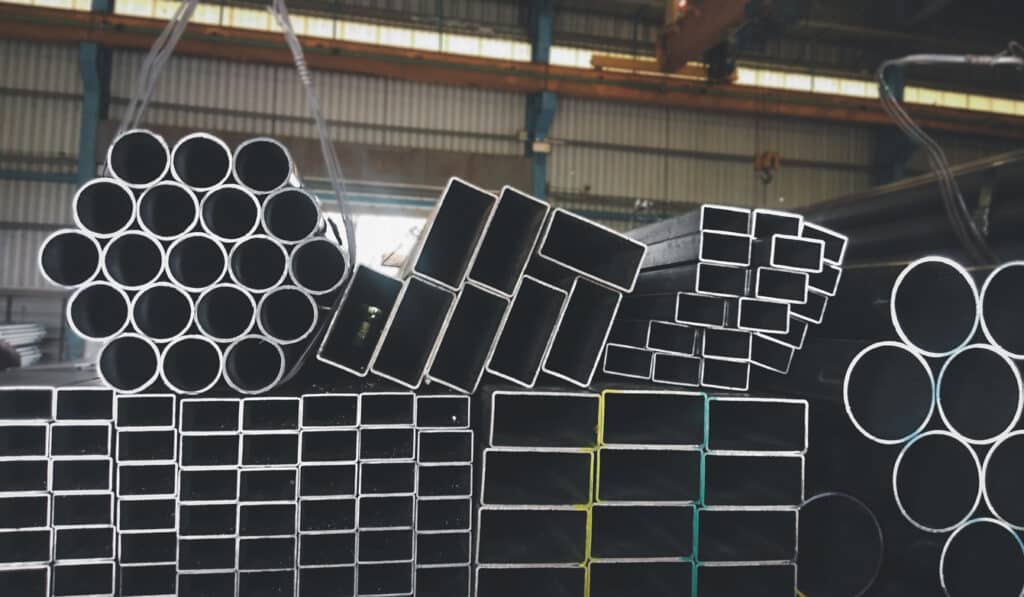
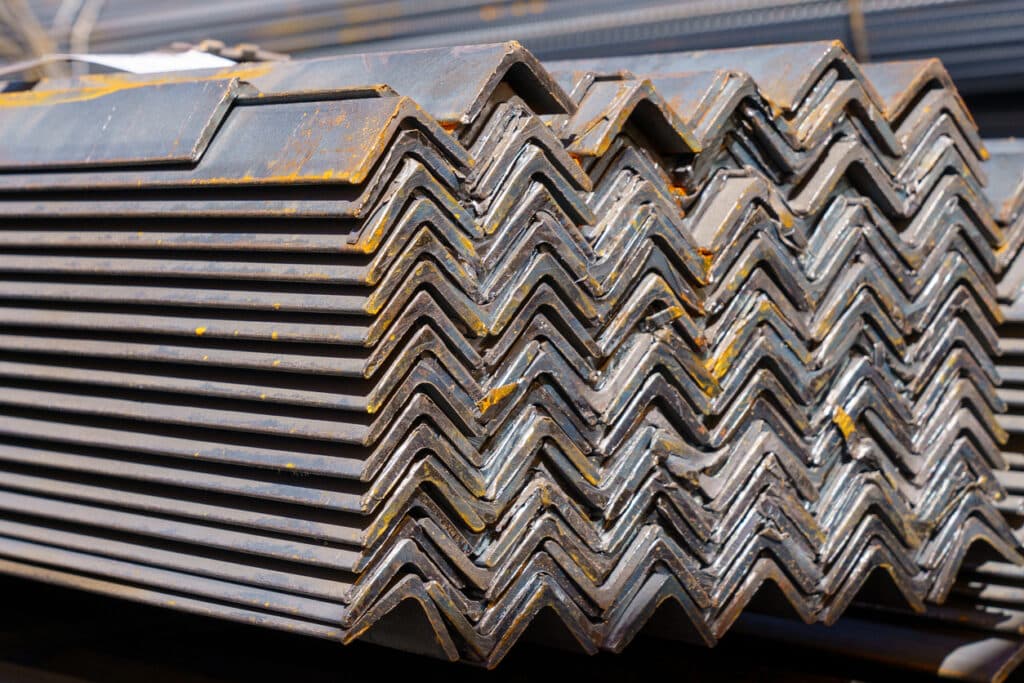

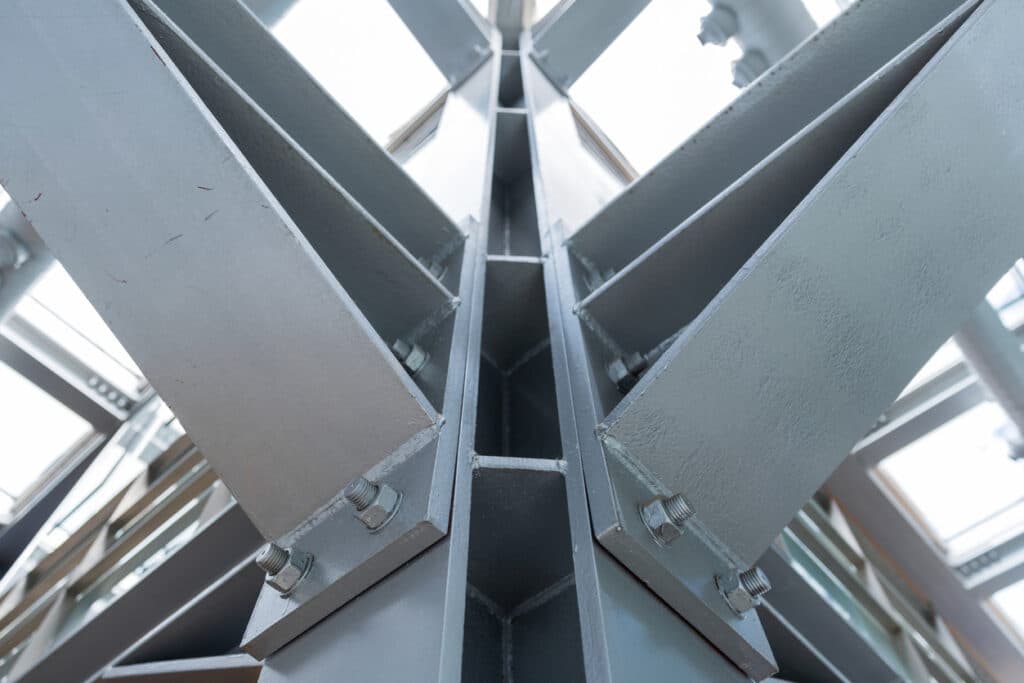


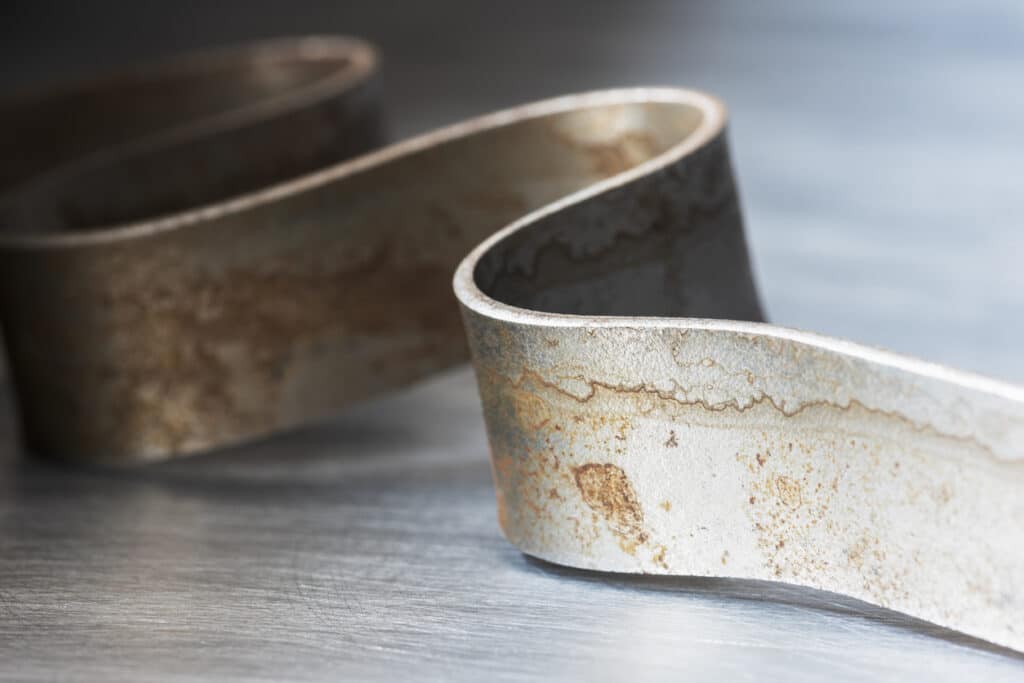
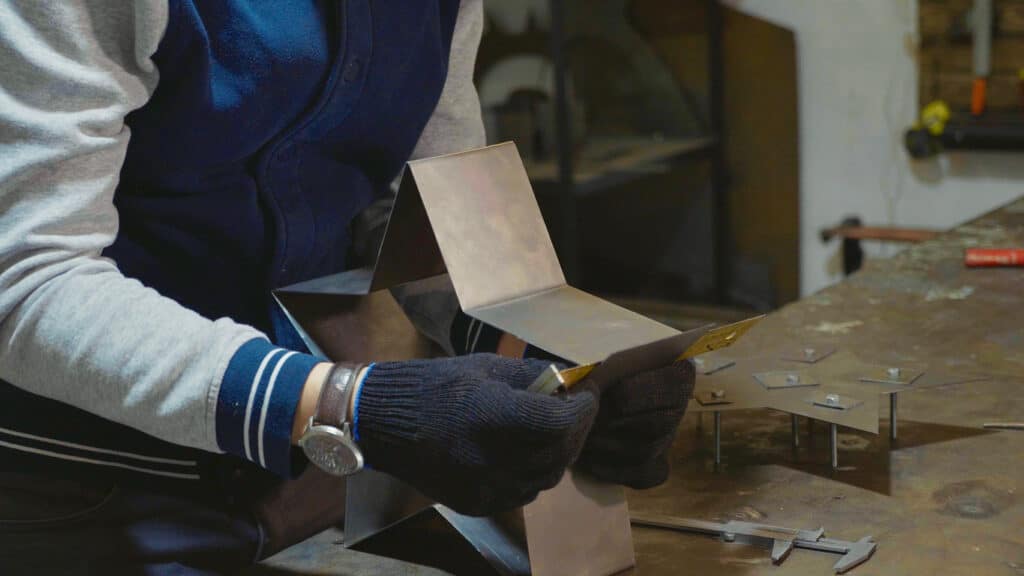
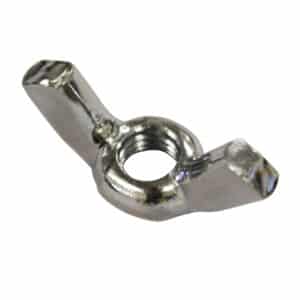
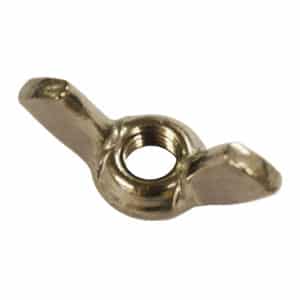
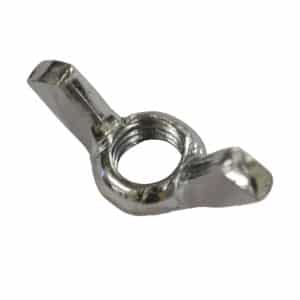
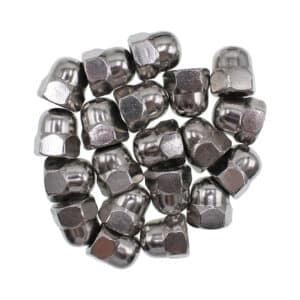
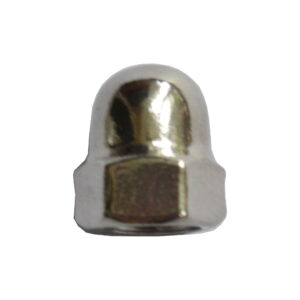
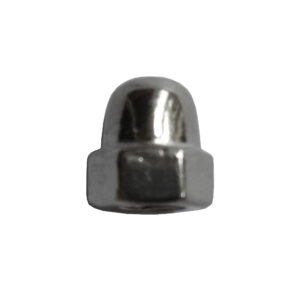
Speciality Metals
Unit 1, Farrell Street, Warrington,
Cheshire, WA1 2WW, United Kingdom
Quick Links
Payment Options
